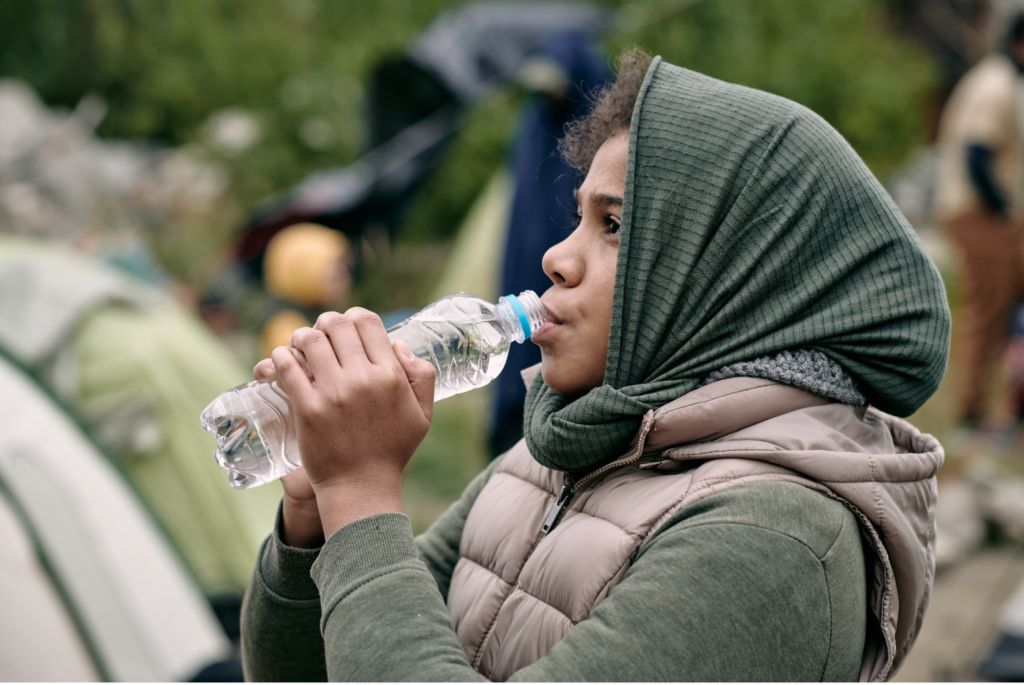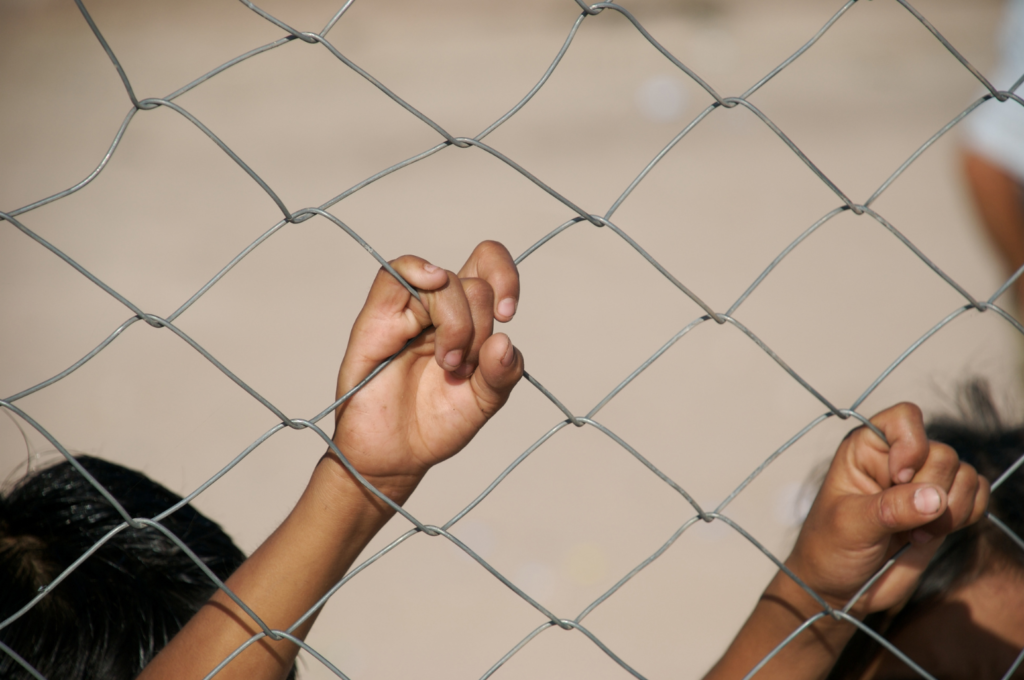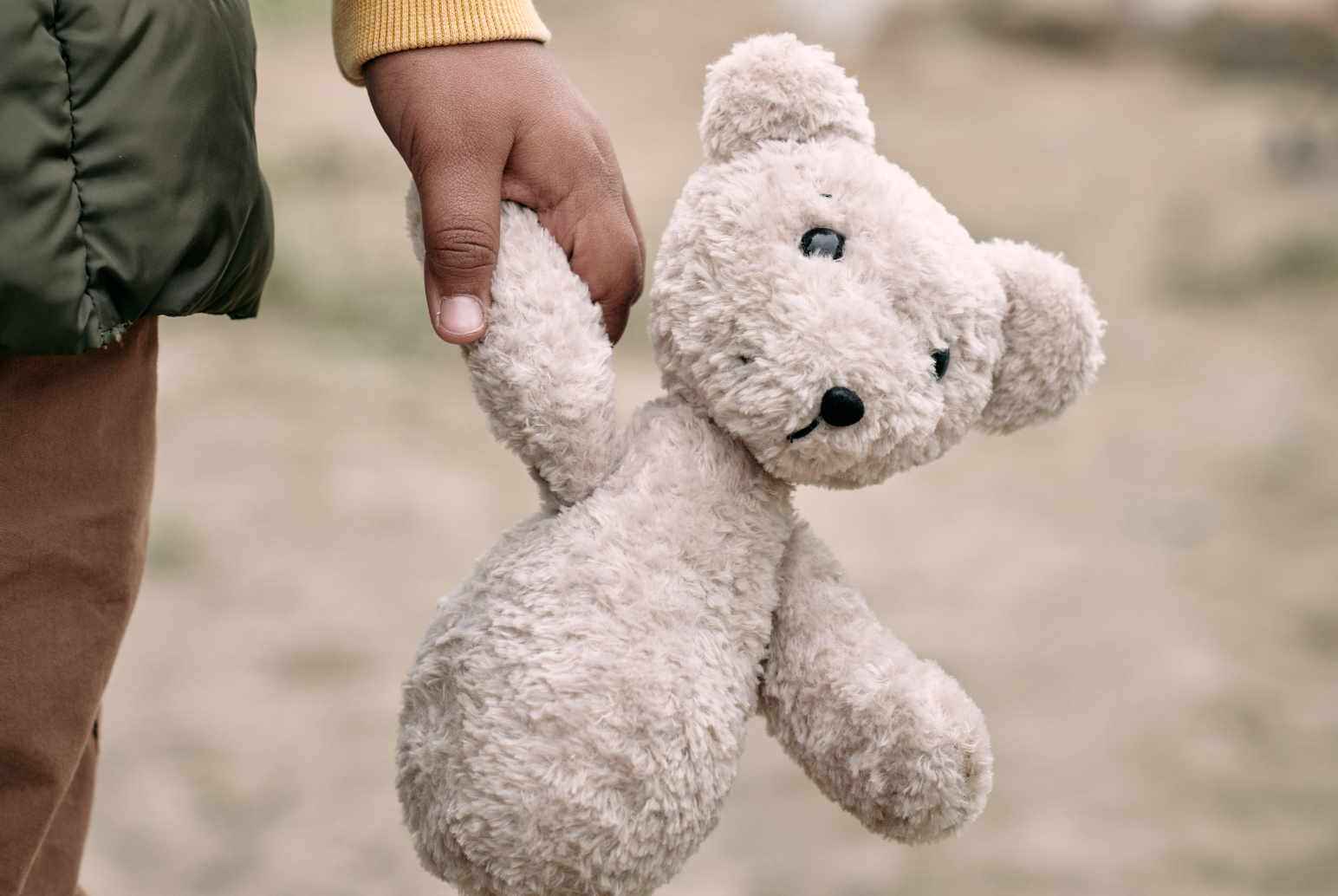In 2021 and 2022, over 250,000 migrant children arrived in the U.S. alone. Emergency shelters were bursting at the seams, unable to provide adequate shelter for the overwhelming number of kids flowing in. This prompted the Office of Refugee Resettlement (ORR), a division of the Department of Health and Human Services (HHS) responsible by law for unaccompanied migrant children (UC), to begin deploying children rapidly and unsafely to sponsors, often compromising the vetting process necessary for their safety. This prioritization of speed over safety has had dire consequences.
According to a New York Times investigative exposé, two-thirds of these migrant children were placed with non-parental sponsors, like distant relatives or even strangers. The ORR is required to follow up with these children one month after placement. However, the ORR lost track of a staggering 85,000 children who were uncontactable. This lack of oversight raises serious concerns about the children’s welfare.
While sponsors are supposed to provide care, education, and protection, the reality is often starkly different. Many migrant children are sent to work and send money back home out of obligation to support their families. This financial pressure exposes them to exploitation and makes them vulnerable to human trafficking. Child labor violations and debt bondage, where sponsors exploit the children’s dire situations, are rampant.

Reports suggest that many of these children are forced into dangerous and illegal labor, sometimes with fatal consequences. The New York Times exposé also highlighted a whistleblower’s story within HHS. This woman, responsible for vetting sponsors, flagged two cases raising serious trafficking concerns. One involved a potential sponsor seeking three boys for employment at his construction company. The other involved a sponsor expecting the children to work off their smuggling costs in the form of debt bondage. Despite her emails highlighting these red flags to her supervisors, both placements proceeded, and the whistleblower was subsequently fired without explanation.
The root of these issues lies in the understaffed government agencies failing to adequately protect these children. Despite numerous emails and calls alerting HHS officials to trafficking concerns, all went unanswered.
Once a child is released to a sponsor, HHS is no longer legally responsible for their well-being, leaving children with little more than an HHS hotline where calls are often ignored. Internal documents the Times received revealed that reports of trafficking to this hotline increased about 1,300 percent from 2018 to 2022.

Although HHS claims they are doing everything possible to support these children, the massive numbers suggest otherwise. These unaccompanied children, bearing the weight of supporting their families while navigating a new country alone, face insurmountable challenges. No child should have to shoulder such adult responsibilities. Yet, many are exploited by sponsors who provide shelter and food in exchange for labor, often in hazardous conditions unsuitable for children.
This situation begs the question: who bears the ultimate responsibility for these children?
The government has taken on some portion of responsibility but has fallen short in its duty to protect them as they claim to do. Third-party agencies hiring children for factory jobs and sponsors exploiting them for financial gain further exacerbate the issue. The lack of rigorous follow-up by the government to ensure these children’s well-being adds to the problem.
Unaccompanied migrant children arrive in the U.S. seeking a better life as a means to support their families. Instead, they find themselves trapped in a cycle of exploitation and danger no child should ever have to face.
It is indeed unjust that these children are denied the right to a safe and nurturing childhood, education and the chance to simply be children.
The responsibility to protect them falls on multiple shoulders, including government agencies, sponsors, and society at large.
If we are to create a safe world to live in, it is imperative that all parties involved step up to ensure the safety and well-being of these vulnerable children.

